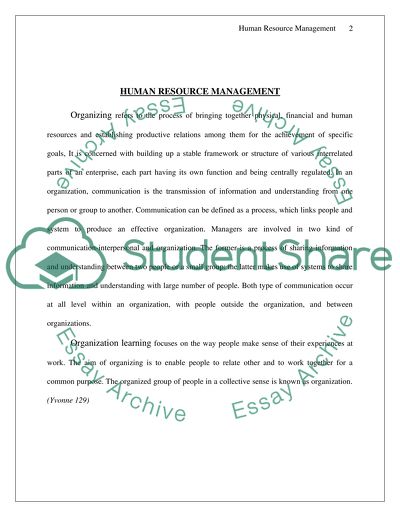Cite this document
(MANAGING HUMAN RESOURCE IN AN ORGANIZATION Coursework, n.d.)
MANAGING HUMAN RESOURCE IN AN ORGANIZATION Coursework. https://studentshare.org/human-resources/1505622-managing-human-resource-in-an-organization
MANAGING HUMAN RESOURCE IN AN ORGANIZATION Coursework. https://studentshare.org/human-resources/1505622-managing-human-resource-in-an-organization
(MANAGING HUMAN RESOURCE IN AN ORGANIZATION Coursework)
MANAGING HUMAN RESOURCE IN AN ORGANIZATION Coursework. https://studentshare.org/human-resources/1505622-managing-human-resource-in-an-organization.
MANAGING HUMAN RESOURCE IN AN ORGANIZATION Coursework. https://studentshare.org/human-resources/1505622-managing-human-resource-in-an-organization.
“MANAGING HUMAN RESOURCE IN AN ORGANIZATION Coursework”. https://studentshare.org/human-resources/1505622-managing-human-resource-in-an-organization.


